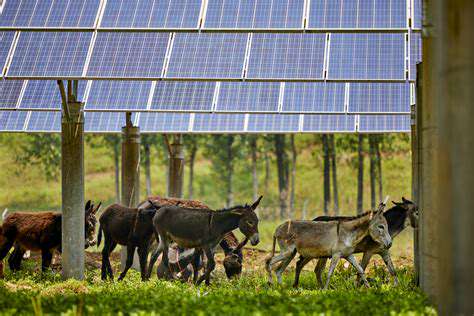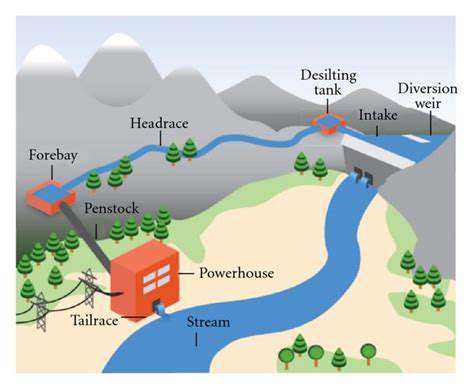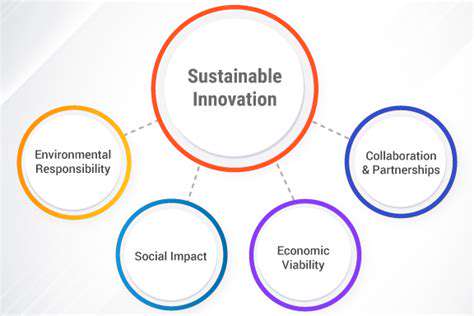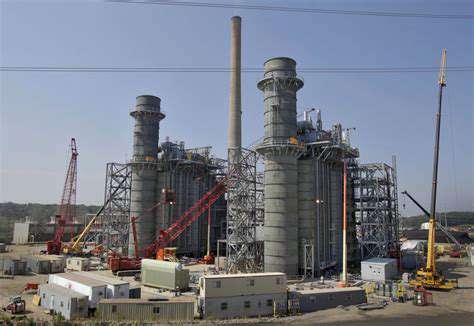The Economics of Advanced Solar Technologies: Cost Benefit Analysis
Perovskite solar cells are a rapidly developing area of solar technology, exhibiting exceptional potential for efficiency and cost-effectiveness. These cells utilize organic-inorganic hybrid materials called perovskites, which have unique electronic properties allowing them to absorb sunlight more efficiently than traditional silicon-based cells. Early research suggests that perovskite cells could potentially achieve higher power conversion efficiencies, reducing the overall cost per watt of electricity generated. Further advancements in materials science and manufacturing processes are crucial to overcome current challenges, such as long-term stability and scalability, to fully realize the economic benefits of this promising technology.
One of the key advantages of perovskite solar cells is their potential for low-cost manufacturing. The materials used in their production are often readily available and relatively inexpensive, compared to the more complex manufacturing processes required for silicon-based solar cells. This cost-effectiveness, coupled with the potential for high efficiency, makes perovskite solar cells an attractive option for large-scale deployment, particularly in developing countries where cost is a critical factor.
Solar Thermal Technologies: Harnessing Heat
Solar thermal technologies focus on converting sunlight into heat, which can be used for various applications, including water heating, industrial processes, and even electricity generation. Concentrated solar power (CSP) systems use mirrors to focus sunlight onto a receiver, generating high temperatures that can drive turbines to produce electricity. This technology offers a unique advantage in regions with high solar irradiance, and its ability to store thermal energy makes it a valuable component of a diverse energy portfolio.
Solar thermal technologies are particularly well-suited for applications requiring high temperatures, such as industrial processes. The heat generated can be used directly for heating or to power turbines for electricity generation. While the initial investment for CSP plants can be substantial, the long-term cost savings and reduced reliance on fossil fuels can make them a viable economic option for certain industrial contexts.
Organic Photovoltaics: Flexible and Lightweight
Organic photovoltaics (OPVs) utilize organic materials, such as polymers and small molecules, to absorb sunlight and generate electricity. These flexible and lightweight cells hold great promise for applications requiring adaptability, such as flexible displays and wearable devices. Compared to traditional silicon solar cells, OPVs offer potential advantages in terms of manufacturing flexibility and reduced material costs.
Quantum Dot Solar Cells: Enhanced Absorption
Quantum dot (QD) solar cells utilize semiconductor nanocrystals, known as quantum dots, to absorb a wider range of the solar spectrum, potentially leading to enhanced light absorption and higher efficiencies compared to traditional silicon cells. These cells are attracting significant research interest due to their potential for improved performance and reduced material usage. However, scaling up their production and addressing stability issues remain key challenges.
Advanced Concentrated Solar Power (CSP): Increased Efficiency
Advanced CSP systems are constantly evolving, incorporating innovative technologies to improve efficiency and reduce costs. These advancements include the use of advanced mirrors, high-temperature receivers, and thermal storage systems. These enhancements can lead to higher efficiencies, particularly in regions with higher solar irradiance. Further refinement of materials and designs will be crucial for broader economic viability in various climates.
Bifacial Solar Panels: Maximizing Energy Output
Bifacial solar panels are designed to capture sunlight from both sides, leading to increased energy output compared to traditional, single-sided panels. This design feature allows for better utilization of available sunlight, particularly in applications where the panels can be placed on rooftops or other structures where both sides receive direct sunlight. The additional energy generated by bifacial panels can result in significant economic advantages, especially in locations experiencing high solar irradiance.
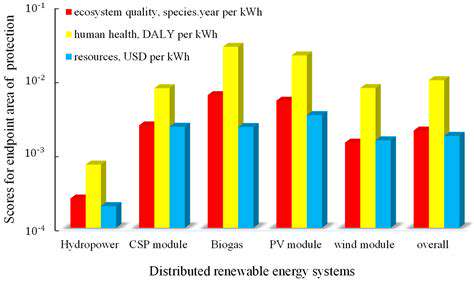
Comparing Advanced Solar Technologies with Traditional Silicon-Based Panels
Comparing Advanced Solar Technologies
Advanced solar technologies are rapidly evolving, promising increased efficiency and reduced costs. These innovations are crucial for a sustainable energy future, offering alternatives to traditional photovoltaic (PV) systems. Understanding the strengths and weaknesses of each technology is essential for informed decision-making. Different technologies excel in specific conditions and applications, making a comparative analysis crucial for optimizing solar energy production.
Perovskite Solar Cells
Perovskite solar cells are a promising area of research, boasting the potential for high efficiency and low manufacturing costs. They utilize organic-inorganic hybrid materials that absorb sunlight more effectively than traditional silicon-based cells. This potentially leads to thinner solar panels, which could be advantageous for various installations. Furthermore, perovskite cells can be fabricated using low-temperature processes, potentially lowering production costs.
Concentrated Solar Power (CSP)
Concentrated solar power (CSP) systems use mirrors or lenses to focus sunlight onto a receiver, generating high temperatures that drive turbines to produce electricity. CSP technology can achieve very high efficiencies, particularly in regions with abundant sunshine. This technology is well-suited for large-scale power generation, and advancements in storage solutions are making it increasingly viable for grid-scale integration.
Organic Solar Cells
Organic solar cells (OSCs) use organic polymers or small molecules to absorb sunlight and generate electricity. They offer potential advantages in terms of flexibility and low manufacturing costs. However, current efficiencies remain relatively low compared to traditional silicon-based cells. Further research and development are crucial to improve performance and overcome limitations like stability issues.
Dye-Sensitized Solar Cells (DSSCs)
Dye-sensitized solar cells (DSSCs) employ a dye-sensitized titanium dioxide electrode to absorb sunlight. They are known for their low manufacturing costs and potential for use in various applications, including flexible solar panels. Their efficiency, while competitive in some contexts, is often lower than other advanced technologies. Ongoing research seeks to improve stability and efficiency for wider deployment.
Quantum Dot Solar Cells
Quantum dot solar cells utilize semiconductor nanocrystals (quantum dots) to absorb light. These materials can absorb a broader spectrum of sunlight compared to traditional solar cells, theoretically leading to higher efficiency. However, significant challenges remain in terms of manufacturing scalability and long-term stability. Research into overcoming these hurdles is vital for realizing the full potential of this technology.


